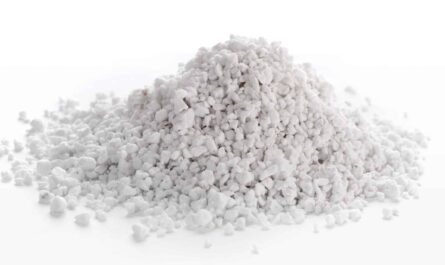Evolution of Tunnel Boring Machine Industry
Tunnel boring machines (TBMs) have come a long way since their inception in the mid-19th century. One of the earliest tunnel boring machines was developed in 1818 and was powered manually. Significant advancements were made in the following decades, including the introduction of the first mechanized TBM in 1884. Throughout the 20th century, engineers developed new techniques for controlling the pressure, ventilation and groundwater during tunneling. They also improved machine design with rotating cutter heads and the ability to line tunnels with precast concrete segments or rings. By the late 20th century, hard rock TBMs were in use which could bore through granite and other difficult geological conditions. Today’s modern TBMs are sophisticated machines that can bore through all ground conditions with precision control and monitoring. Different types of TBMs have also been created for specialized applications like shallow depth tunnels, soft ground and mixed-face conditions.
Rising Infrastructure Investments Driving driving demand.
The growing global infrastructure investments are fueling the demand for tunneling projects and tunnel boring machines. Rapid urbanization in Asia, investments in transportation networks in Europe and ambitious rebuilding plans in the United States are all requiring extensive tunneling works. For example, China’s high-speed rail network currently incorporates over 150 tunneling projects. Europe’s AlpTransit railway through the Alps includes over 160 km of new tunnels. In the US, tunneling projects are underway in major cities like New York, Boston and Los Angeles to expand metro transit systems. As infrastructure spending scales up around the world, Global Tunnel Boring Machine manufacturers are ramping up production to match the rise in tunneling demand.
Technological Advancements Enabling Larger, Faster Machines
Tunnel manufacturers are continuously working to enhance tunnel boring machine designs to deliver bigger, faster and more capable machines. One of the key focus areas is developing more powerful cutting tools that can efficiently break hard rock like granite and basalt. New hybrid systems combine mechanical cutters, laser guidance and controlled blasting for optimum rock loosening. Sensor fusion and automation technologies are allowing precise steering and grade holding to bore perfectly aligned tunnels. Integrated monitoring systems offer real-time data on machine movements, rock conditions, support installation and more for optimized tunneling performance. Advances in electric and hybrid power systems are improving efficiency while reducing emissions. Giant TBMs with 14-16 meter diameters are now feasible for mega infrastructure projects. Innovations like synchronous parallel multi-lane tunneling can significantly accelerate project schedules. These technological improvements are changing the landscape of large-scale transportation and water supply tunneling projects around the globe.
Application in Key Tunnels Around the World
Let us examine some of the ambitious tunneling projects currently underway worldwide that exemplify the capabilities of modern giant tunnel boring machines:
– India’s Mumbai-Ahmedabad High Speed Rail Project will construct over 160 km of tunnels including a under-sea tunnel below the Thane creek. Several 14.2 meter Herrenknecht TBMs have been deployed for this task.
– In Norway, the 24 km Follo Line railway tunnel connects Oslo to the southeast. An unprecedented 16.1 meter TBM named Tor excavated the main tunnel tube at over 100 meters per week.
– Switzerland’s 57 km Gotthard Base Tunnel, the world’s longest and deepest rail tunnel was constructed between 1992 to 2016 using extensive tunneling by several giant TBMs.
– London’s 26 km Thames Tideway Tunnel project will utilize four giant TBMs to construct connecting tunnels up to 10 meters in diameter below the River Thames to reduce sewage overflows.
– In the United States, the 2nd Avenue Subway extension in New York employed four TBMs including one with a 14 meter diameter to bore over 7 km of tunnels under city streets.
As manifest in these projects, tunnel boring machines have become indispensable machinery for advancing some of the world’s most ambitious underground infrastructure undertakings and enabling sustainable urban development. Their global adoption will only continue to rise with new Global Tunnel Boring Machine requirements in the coming decades.
Tunnel boring machine industry have come a long way since their early beginnings through continuous technological advancement. The huge expected growth in global infrastructure investments is fueling rising demand for tunnel construction projects worldwide. This in turn is driving the expansion of tunnel boring machine manufacturers to deliver larger, faster and more sophisticated tunneling solutions. Major projects currently underway exemplify how modern giant TBMs are enabling some of the most challenging underground transportation and utility tunnels to be built. Their widespread global use will remain critical for sustainably developing connectivity and urban infrastructure well into the future.
*Note:
1. Source: Coherent Market Insights, Public sources, Desk research
2. We have leveraged AI tools to mine information and compile it



